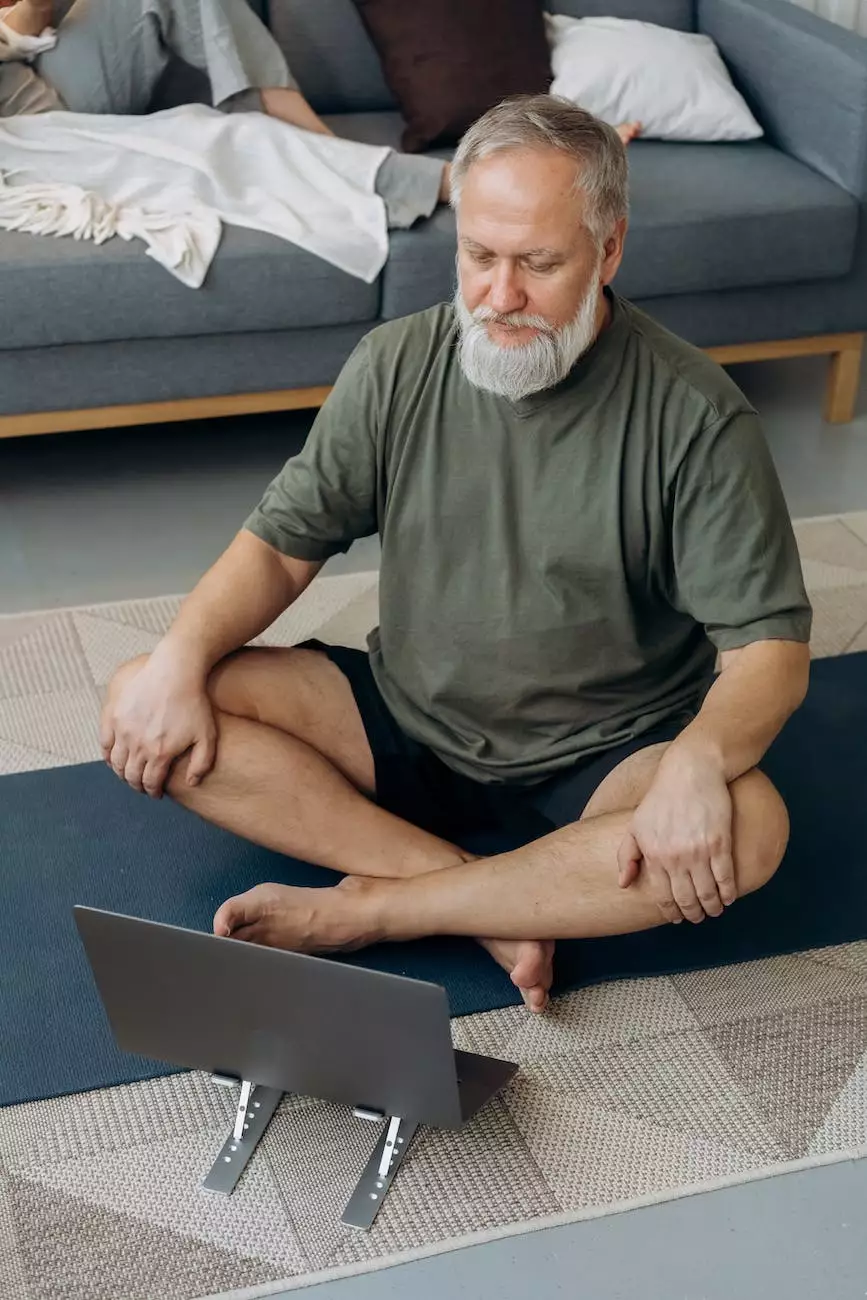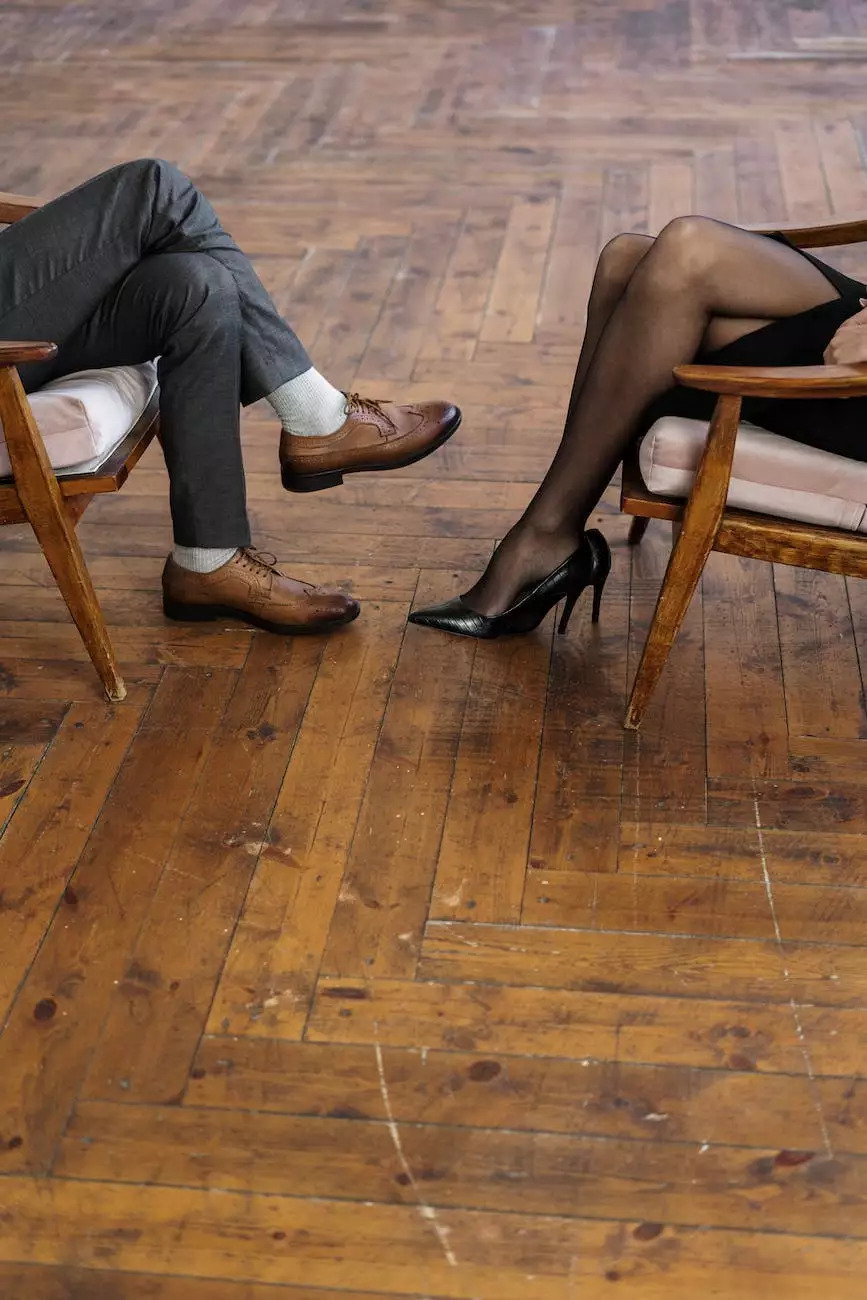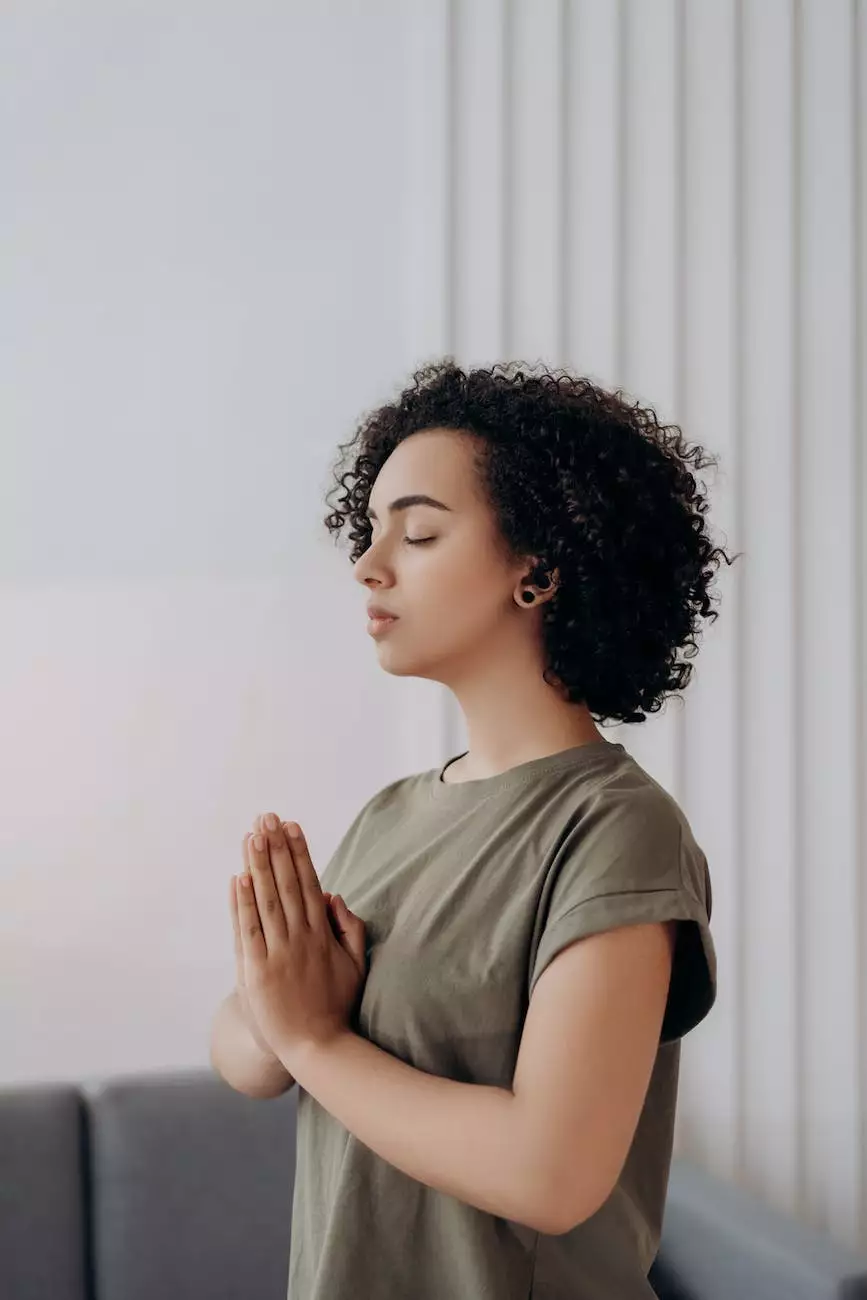Anatomy Lesson: The Hips and Glutes - Goodwin Living

Introduction
Welcome to Anointed and Blessed Home Health Care's comprehensive guide on the anatomy of the hips and glutes. In this article, we will explore the structure, functions, and importance of these crucial areas of the body. Our mission is to provide you with the knowledge and resources necessary to take care of your hip and glute health.
The Hips: Structure and Function
The hips, also known as the pelvic region, are a complex network of bones, muscles, ligaments, and tendons. They serve as the foundation for the body's stability and provide support for various movements such as walking, running, and bending. The hip joint itself is a ball-and-socket joint, allowing for a wide range of motion.
It is important to understand the anatomy of the hip to appreciate its role in overall mobility. The hip consists of the acetabulum, a concave socket in the pelvis, and the femoral head, a rounded ball at the top of the femur (thigh bone). The joint is surrounded by a capsule and reinforced by several strong ligaments.
The Glutes: Muscles and Functions
The glutes, short for gluteal muscles, are a group of three muscles located in the buttocks: the gluteus maximus, gluteus medius, and gluteus minimus. These muscles are essential for stability, balance, and various movements of the hips and lower body.
The gluteus maximus, the largest muscle in the body, is responsible for hip extension, which allows you to move your leg backward. This muscle also plays a significant role in activities such as climbing stairs, standing up from a sitting position, and maintaining good posture.
The gluteus medius and gluteus minimus work together to abduct and rotate the hip. They provide stability during walking, running, and other weight-bearing activities. These muscles also help to maintain proper alignment of the pelvis and lower limbs.
Importance of Hip and Glute Health
Maintaining the health and strength of your hips and glutes is crucial for overall well-being and quality of life. Strong and functional hips and glutes can help prevent injuries, improve mobility, and enhance athletic performance.
Weak or imbalanced hips and glutes can lead to various issues such as lower back pain, hip pain, poor posture, and reduced range of motion. It is essential to engage in exercises and activities that target these areas to keep them strong and functional.
How Anointed and Blessed Home Health Care Can Help
At Anointed and Blessed Home Health Care, we are committed to helping you maintain and improve your hip and glute health. Our experienced team of healthcare professionals specializes in providing personalized care plans and targeted exercises to address specific needs and goals.
We understand that each individual is unique, and that's why our approach is tailored to your requirements. Whether you are recovering from an injury, dealing with chronic pain, or seeking to enhance your athletic performance, our dedicated team is here to support you every step of the way.
In addition to our expert guidance, we also offer educational resources, including informative articles like this one, to empower you with knowledge about your body and its needs. We believe that an educated individual is better equipped to make informed decisions regarding their health and well-being.
In Conclusion
In conclusion, the hips and glutes play a significant role in maintaining overall mobility, stability, and posture. Understanding their structure, functions, and importance is vital for taking care of your body and preventing potential issues.
By prioritizing your hip and glute health, you can enjoy an active and fulfilling lifestyle. Remember to consult with healthcare professionals, such as the team at Anointed and Blessed Home Health Care, for personalized care and guidance.
Take the first step towards improving your hip and glute health today. Contact Anointed and Blessed Home Health Care to schedule a consultation and explore how we can assist you in achieving your health goals.










